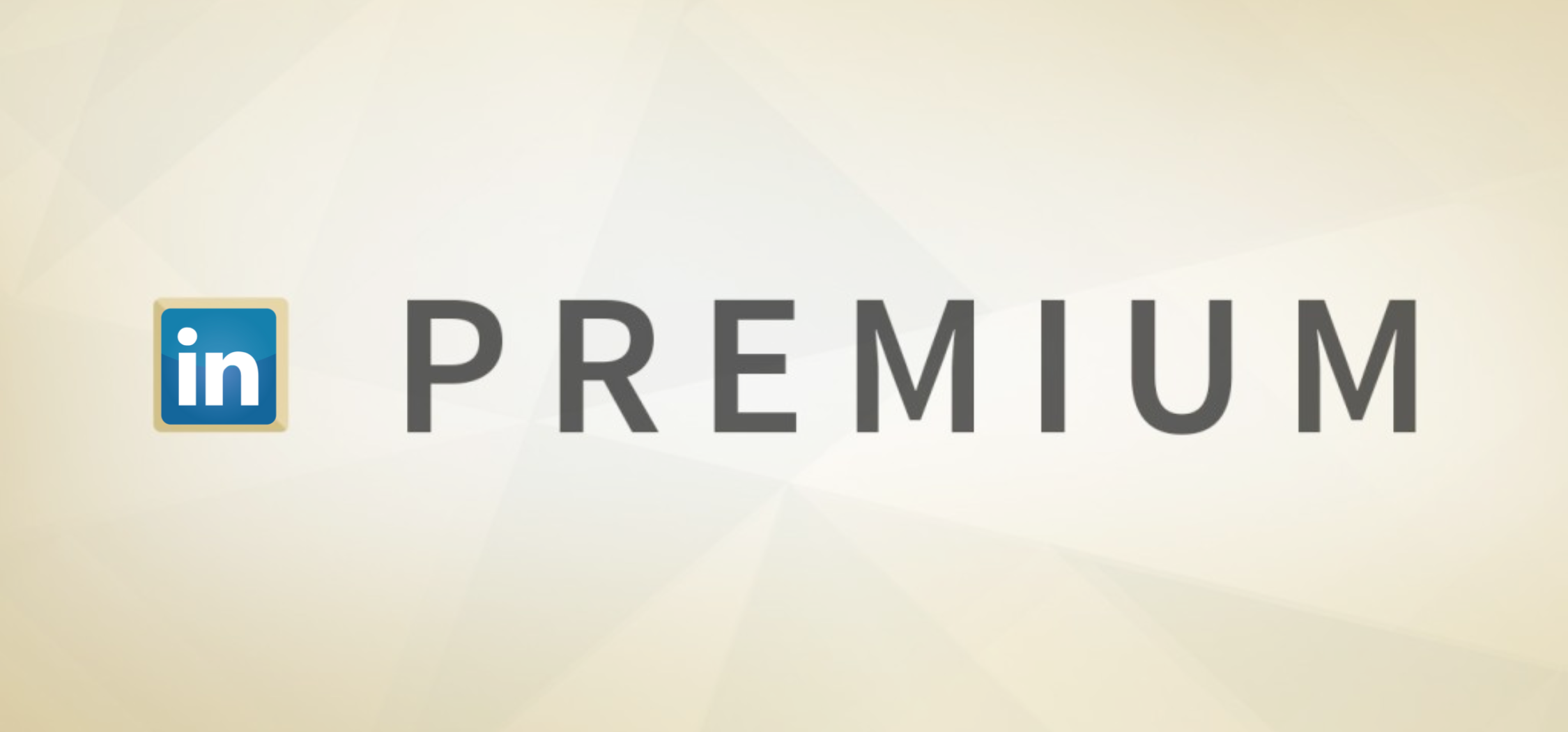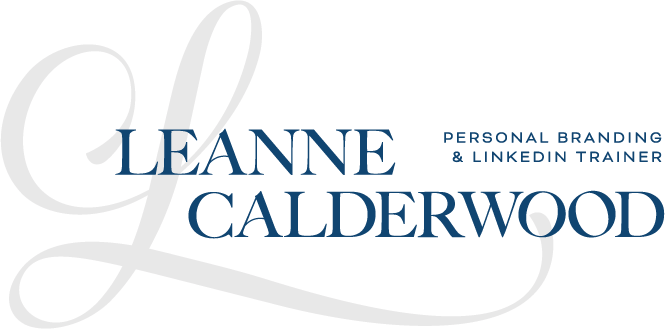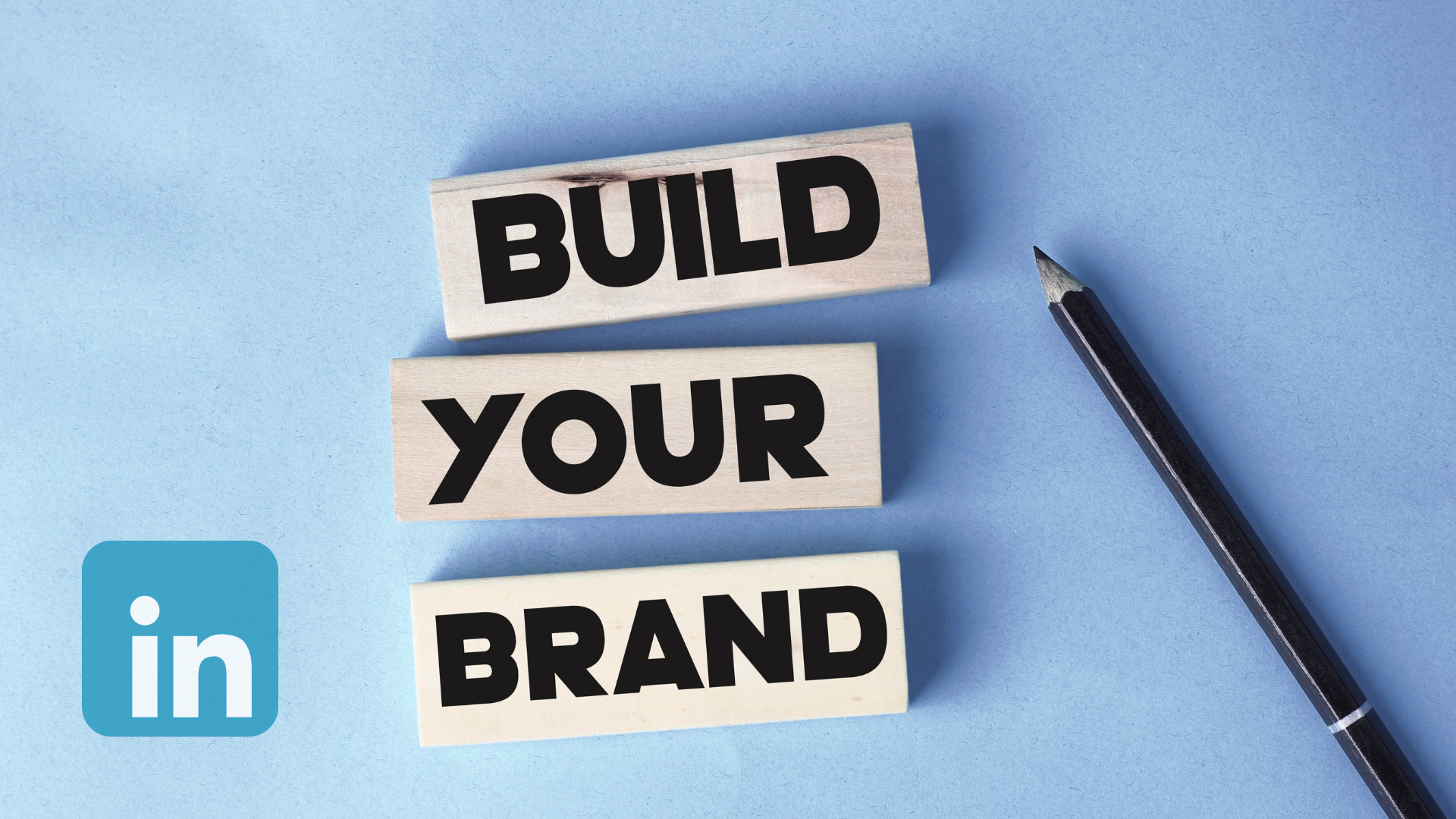If you still think LinkedIn is just a place to post your résumé and quietly…

Is LinkedIn Premium Worth It? Here’s What You Need to Know
I get asked all the time whether LinkedIn Premium is worth it. My answer? It depends—but probably not as much as you think.
If you’re currently rocking the free version, you might be wondering if upgrading will magically transform your LinkedIn experience, helping you land more clients, job opportunities, or connections overnight.
Spoiler: It won’t.
But before you immediately dismiss it, let’s break down exactly what you can do for free, what you get when you pay, and (most importantly) whether it’s actually worth it for you.
What You Can Do With the Free Version of LinkedIn (Hint: A LOT)
Before you even think about paying for LinkedIn, ask yourself: Are you using the free features to their fullest?
With the free version, you can already:
- Build a standout profile – This includes a killer headline, an about section that tells your story, and a featured section to showcase your work.
- Engage with your network – You can comment on posts, send connection requests, and join conversations in your industry.
- Post content and showcase your expertise – Whether it’s a thought leadership post, an engaging poll, or a simple status update, the free version lets you post as much as you want.
- Search for people, jobs, and companies – While LinkedIn limits the number of searches per month on a free account, you can still find plenty of opportunities.
- Join and participate in LinkedIn Groups – A great way to connect with like-minded professionals in your industry.
- Send messages to your connections – While free LinkedIn doesn’t include InMail (which lets you message people outside your network), you can still DM anyone you’re connected with.
Honestly? For most people, this is plenty.
Why I Didn’t Pay for LinkedIn Premium for YEARS
Now, I have to be upfront—I didn’t jump on the LinkedIn Premium bandwagon right away. In fact, it took me years before I finally upgraded.
Why? Because the free version did everything I needed it to do.
The only reason I finally took the plunge and got the paid version was to help my students navigate the features that come with it. That’s it. If it weren’t for that, I’d probably still be rocking the free version today.
And honestly? Most of my students don’t need Premium either.
But let’s say you’re still curious about what you get when you pay. Let’s break it down.
What You Get With LinkedIn Premium (And Who It’s For)
If you’re considering upgrading, here’s what you get:
1. Advanced Search & Prospect Lists
Premium gives you access to LinkedIn Sales Navigator (if you get that version), which allows for highly targeted searches. You can filter by company size, job title, seniority level, and more.
✨ Best for: Sales professionals, recruiters, and business owners who rely on cold outreach.
2. More Connection Requests & InMail Messages
LinkedIn Premium lets you send more connection requests per week and use InMail, which allows you to message people outside your network.
✨ Best for: Job seekers, recruiters, and salespeople who need to reach out to new contacts regularly.
3. See Who’s Viewed Your Profile
With a free account, you can only see the last 5 people who viewed your profile. Premium gives you the full list.
✨ Best for: People actively networking or job searching.
4. Background Photo Carousel
A paid feature that lets you showcase multiple images in your profile background.
✨ Best for: Personal branding enthusiasts who want a more dynamic profile.
5. Access to LinkedIn Learning
Premium members get access to LinkedIn Learning, which offers professional courses on business, marketing, leadership, and more.
✨ Best for: Professionals looking to upskill in their industry.
6. Premium Insights for Job Seekers
If you’re looking for a new job, Premium Career gives you insights on how you compare to other applicants and lets you see salary estimates.
✨ Best for: Active job seekers wanting an edge in their applications.
This is what it DOESN’T do…
A paid LinkedIn subscription won’t magically fix a lack of strategy.
Think of it like a fancy gym membership—you can pay for all the premium features, but if you’re not actually using them, it’s just money down the drain.
Before upgrading, ask yourself:
- Are you engaging with people and posting regularly? If you’re not showing up on LinkedIn now, a paid version won’t change that.
- Are you using the free search tools effectively? Before paying for Sales Navigator, try using Boolean search (it’s free and super effective).
- Do you actually need those extra insights? Seeing who viewed your profile might be interesting, but is it essential for your goals?
For most people, the free version is more than enough if you use it well.
So, Should You Upgrade?
Take this informal test:
- If you’re casually networking and growing your brand → Free version is totally fine.
- If you’re actively job hunting → Premium could be helpful, but it’s not necessary.
- If you’re in sales or recruiting → Sales Navigator might be worth it for lead generation.
- If you love data and tracking → Premium insights could be useful, but only if you act on them.
Otherwise? Save your money.
Want to Optimize Your LinkedIn Presence (for Free)?
You don’t need LinkedIn Premium to grow your presence and attract the right opportunities. What you do need is a solid strategy.
And that’s where I come in.
I help professionals like you maximize LinkedIn’s free tools to build their brand, grow their network, and land more opportunities—without unnecessary expenses.
Email me to learn how my on-demand digital course and group coaching can help you optimize your LinkedIn presence (without paying a dime for Premium).
RELATED – What is Personal Branding, and Why You Need it as an Introvert
RELATED – Unlocking the Power of Personal Branding: Discover the Unseen ROI
RELATED – Your Untapped Voice: The Power of Personal Branding for Everyone
RELATED – Why It’s Never Too Late to Start Building Your Personal Brand



